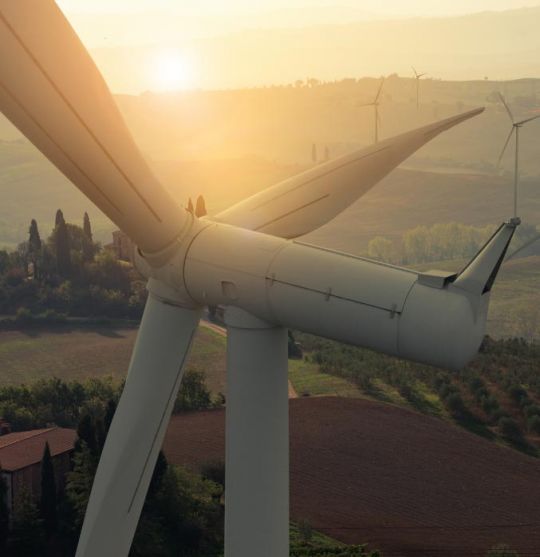
In a groundbreaking announcement made in early February 2024, the UK proudly claimed the title of the first major economy to successfully halve its emissions, achieving a remarkable 50% reduction between 1990 and 2022. This impressive feat puts the UK far ahead, with France trailing at a 23% reduction and the USA showing no change between 1990 and 2021. The key driver behind this accomplishment? A significant shift from coal to renewables in energy generation, catapulting renewables' contribution to the UK’s electricity supply from 7% in 2010 to over 40%.
This milestone serves as a beacon, highlighting the pivotal role renewables play in steering us toward a cleaner, greener future. The UK is undeniably setting the global pace for the adoption of cleaner energy. However, as we celebrate this achievement, it is crucial to acknowledge the challenges that lie ahead on the path to achieving net-zero emissions. Collaborative efforts across various sectors, including the public and private sectors, governments, real estate, utilities, and investors, are imperative to advance the UK’s green agenda.
While the increasing costs of traditional energy have given renewables a boost, the industry needs accelerated growth to address the energy trilemma, emphasizing the importance of balancing energy reliability, affordability, and sustainability. The transition to a net-zero economy necessitates a substantial increase in energy demand over the next three decades, primarily driven by the electrification of heat and transport.
Meeting this demand requires robust planning and investment in low-carbon electricity generation infrastructure and energy storage systems at national, local, and site-specific levels. Strategic site selection, evaluation, and acquisition, coupled with comprehensive assessments of grid and utility availability, are integral steps in this process. The recent publication of the National Infrastructure and Construction Pipeline outlines planned and projected investments in UK infrastructure, with a significant spend of £164 billion between 2023/24 and 2024/25, and a forecasted £700-775 billion overall investment in the next decade.
As we look to the future, while immediate challenges persist, the increased deployment of renewables and low-carbon technologies promises long-term economic benefits. The energy sector's transition offers hope for a stable marketplace that fosters sustainable growth and innovation. By embracing renewables and collaborative efforts, the UK can continue its journey toward a brighter, cleaner future.
In conclusion, while the UK’s achievement is commendable, it serves as a reminder of the work that lies ahead. Through innovation, investment, and collective action, we can overcome challenges and realize our ambitions for a greener, more sustainable future. The road to net-zero emissions is ongoing, and the UK's leadership sets an example for the global community to follow suit.
Reference: www.savills.co.uk “The UK has been named as the first major economy to halve emissions – but what's next?” Nick Green, The Savills Blog





